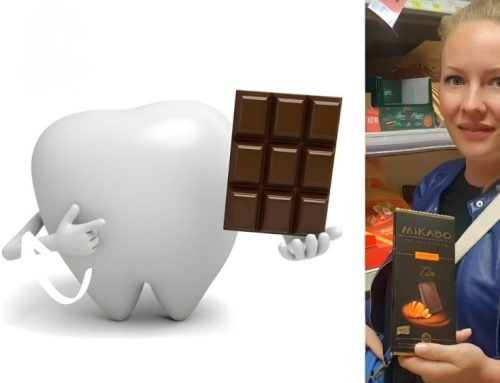Maintaining good oral hygiene is crucial for overall health and well-being. Brushing your teeth twice a day is one of the most important aspects of oral care. With so many toothpaste options available on the market, choosing the right one can be challenging. In recent years, organic toothpaste has become a popular option among consumers.
In this week’s blog from Dental Center 4Smile, we’ll explore the differences between organic and traditional toothpaste.
Toothpaste ingredients
Traditional toothpaste
Also known as conventional toothpaste, this is the most commonly used type of toothpaste worldwide. It typically contains fluoride, a mineral that helps strengthen teeth, prevent cavities, and repair early-stage tooth decay. Other common ingredients in traditional toothpaste include abrasives, foaming agents, and preservatives.
Abrasives, such as silica or calcium carbonate, help remove surface stains and plaque from the teeth. Foaming agents, like sodium lauryl sulfate, create a foaming action that helps evenly distribute the toothpaste in the mouth.
Organic toothpaste
Organic toothpaste is an alternative to traditional toothpaste. It is made from naturally derived ingredients such as essential oils, herbal extracts, and minerals. Natural toothpaste does not contain synthetic additives, artificial sweeteners, or preservatives. Some natural toothpaste formulations may contain fluoride, while others may use natural ingredients like baking soda, xylitol, or activated charcoal.
Pros and cons of organic toothpaste
One of the advantages of using organic toothpaste is that it contains fewer synthetic ingredients, making it a more sustainable choice. Many natural toothpaste brands also use eco-friendly packaging materials, further reducing their environmental impact. Additionally, organic toothpaste is often gentle on the teeth and gums, making it a good choice for people with sensitive teeth or gums. However, it’s important to note that not all natural toothpaste formulations are the same, and some may not be effective in preventing cavities or reducing plaque.
Pros and cons of traditional toothpaste
Traditional toothpaste is widely available and easy to find. It is also usually more affordable than organic toothpaste. Traditional toothpaste has a long-standing record of proven effectiveness in promoting oral health, especially due to the inclusion of fluoride.
However, some people may be concerned about the potential health risks associated with synthetic additives and preservatives found in traditional toothpaste.
Conclusion
In conclusion, both traditional and organic toothpastes have their pros and cons. Choosing a toothpaste ultimately depends on personal preferences, dental needs, and health concerns. It’s important to read the label and understand the ingredients in the toothpaste before making a decision.
Regardless of the type of toothpaste you choose, it’s essential to brush your teeth twice a day for two minutes, floss or use a water flosser daily, and visit your dentist regularly for checkups and professional cleanings.















